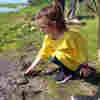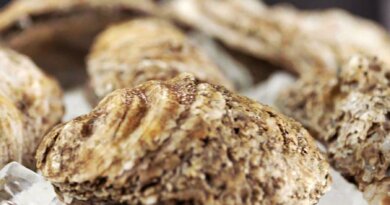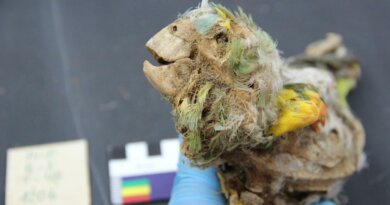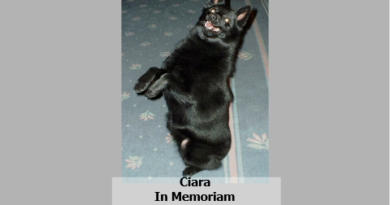At the San Diego Zoo, endangered softshell turtles have bred 41 hatchlings : NPR
[ad_1]

One of the Indian narrow-headed softshell turtle hatchlings bred at the San Diego Zoo.
Ken Bohn/San Diego Zoo Wildlife Alliance
hide caption
toggle caption
Ken Bohn/San Diego Zoo Wildlife Alliance

One of the Indian narrow-headed softshell turtle hatchlings bred at the San Diego Zoo.
Ken Bohn/San Diego Zoo Wildlife Alliance
In a first for North America, an endangered species of turtles has bred at the San Diego Zoo.
Over the summer, staff at the zoo welcomed 41 hatchlings from the Indian narrow-headed softshell turtle species, which is native to South Asia. It makes the zoo the first accredited organization in North America to hatch and raise the species.
Three Indian narrow-headed softshell turtles have been at the zoo for more than 20 years. All that time, zoo staff had been hoping they would one day reproduce.
The San Diego Zoo Wildlife Alliance, which operates the zoo, announced the discovery on Monday.
“This is a thrilling moment for us at the San Diego Zoo, and an incredible step forward in the conservation of this species,” said Kim Gray, curator of herpetology and ichthyology at the San Diego Zoo, in a statement.
The eggs were found in two separate nests. Some of the turtles hatched in their habitat, while most of the eggs were stored in an artificial incubator to create the optimal conditions for survival. Turtle experts at the zoo say nests are often tough to find in the enclosure, as the turtles like to lay their eggs overnight and cover them with dirt.
The Indian narrow-headed softshell turtle, also known as the small-headed softshell turtle, is native to northern India, Bangladesh, Nepal and Pakistan, where the animals live at the bottom of deep freshwater rivers and streams. The turtles typically breed during the monsoon months in central India and during dry months in other areas, according to the Wildlife Institute of India.

Hatchlings are quite small but can grow to a few feet.
Ken Bohn/San Diego Zoo Wildlife Alliance
hide caption
toggle caption
Ken Bohn/San Diego Zoo Wildlife Alliance

Hatchlings are quite small but can grow to a few feet.
Ken Bohn/San Diego Zoo Wildlife Alliance
When emerging from their shell, hatchlings can be as small as about 4 centimeters. They can grow to as long as 3.6 feet from the front to back of the top shell.
The species is listed as endangered on the International Union for Conservation of Nature’s Red List, though it’s unclear how many remain in the wild. Environmental pollution, sandbar habitat destruction, the international pet trade and human food harvesting have all contributed to the species’ decline over the years, the San Diego Zoo Wildlife Alliance says.
“We have been focused on caring for these turtles for a very long time, and part of that care is to gain a greater understanding of the species’ natural history,” the zoo’s Kim Gray added. “With the knowledge we gain here at the Zoo, we can better assist our partners in India to help this essential species thrive in their native habitat.”
[ad_2]
Source link






